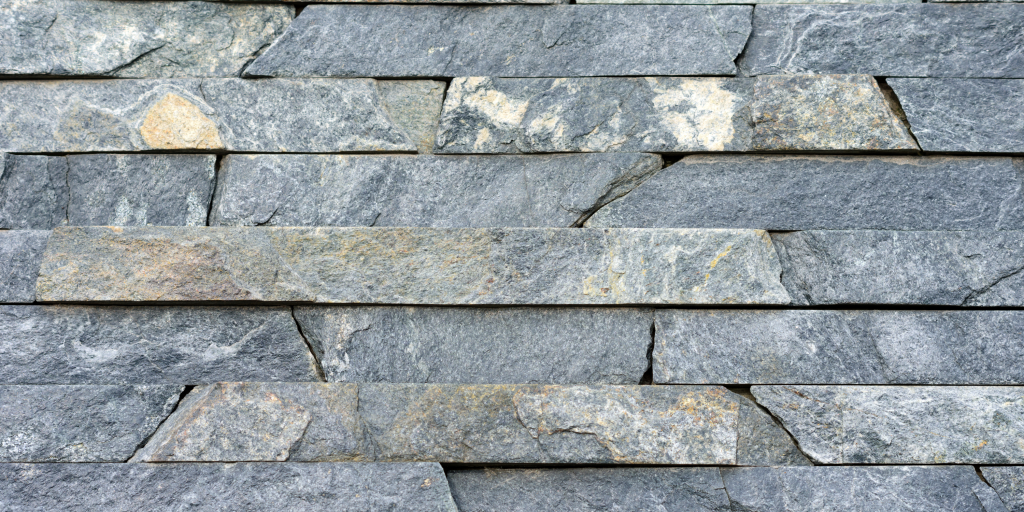
Marble cladding is a popular architectural element used to enhance the aesthetic appeal and durability of buildings, both in interiors and exteriors. Known for its timeless beauty, luxury, and durability, marble cladding can transform any space into a sophisticated environment. However, the key to ensuring that marble cladding performs well and looks stunning for years lies in proper fixing techniques. This article will explore the different methods for fixing marble cladding, the benefits of using marble, and the best practices for installation.
What Is Marble Cladding?
Marble cladding refers to the process of applying thin sheets or panels of marble to the surface of walls, facades, columns, or other structures. This architectural finish is used for decorative purposes and offers additional protection to the underlying surfaces. Marble cladding is widely used in commercial buildings, residential homes, and public spaces, adding a touch of luxury and timeless beauty to any project.
Benefits of Marble Cladding
Aesthetic Appeal
- Marble is synonymous with elegance and luxury. Its unique veining and natural patterns make it a highly desirable material for cladding, giving buildings and spaces a refined and upscale appearance.
Durability
- Marble is a long-lasting and durable material that can withstand the elements when installed correctly. It is highly resistant to wear and tear, making it suitable for both indoor and outdoor applications.
Versatility
- Marble cladding can be used in various settings, from building facades and walls to interior spaces like bathrooms, living rooms, and lobbies. Its versatility makes it a popular choice in architectural design.
Thermal Insulation
- When used as an exterior cladding material, marble helps insulate buildings by regulating temperatures. Its natural properties provide a buffer against extreme heat or cold, improving energy efficiency.
Value Addition
- Marble cladding adds significant value to properties, both aesthetically and functionally. Buildings featuring marble are often perceived as high-end and luxurious, enhancing their market value.
Low Maintenance
- Once installed, marble cladding requires minimal maintenance. Regular cleaning and occasional sealing can help maintain its shine and protect it from environmental wear.
Marble Cladding Fixing Techniques
The method used to fix marble cladding is crucial to ensuring the longevity and safety of the installation. There are several fixing techniques available, each suited to different project requirements and environments. The most commonly used methods for marble cladding fixing are mechanical fixing and adhesive fixing.
1. Mechanical Fixing
Mechanical fixing involves securing marble cladding to the substrate using mechanical fasteners like brackets, anchors, and clips. This method is preferred for exterior applications, especially in high-rise buildings or areas exposed to dynamic loads such as wind, seismic activity, or heavy rains.
Types of Mechanical Fixing Systems:
Steel Brackets and Anchors: Stainless steel brackets or anchors are used to secure the marble panels to the building’s structure. These fasteners are inserted into pre-drilled holes in the marble and attached to the substrate, ensuring a firm hold.
Cladding Rails: In this system, marble panels are mounted onto horizontal or vertical rails that are fixed to the structure. The panels are then slotted or clipped into place.
Kerf Cut Fixing: This method involves making a groove (kerf) in the marble panel’s edge and inserting metal clips or anchors into the groove. The clips are attached to the substrate, holding the marble panels in place.
Benefits of Mechanical Fixing:
- Provides robust support, especially for large marble panels.
- Suitable for high-load applications, including exterior cladding on skyscrapers.
- Allows for the easy replacement of individual panels if needed.
- Offers flexibility for adjusting panel alignment during installation.
2. Adhesive Fixing
Adhesive fixing involves bonding marble cladding to the substrate using specialized adhesives or mortar. This method is commonly used for interior applications, where the marble panels are lighter and less exposed to environmental stresses.
Types of Adhesive Fixing Systems:
Cement-Based Adhesive: A cement-based adhesive or mortar is applied to the back of the marble panels, which are then pressed onto the surface. This method is often used for smaller panels and indoor projects.
Epoxy Adhesive: Epoxy resins are used for heavier marble panels or where a stronger bond is required. Epoxy adhesives provide a durable, long-lasting bond that is resistant to moisture and temperature fluctuations.
Thin-Set Mortar: Thin-set mortar is commonly used for fixing marble tiles and cladding in indoor spaces like bathrooms and kitchens. It creates a strong bond while allowing for a thinner application layer, making it ideal for smooth, flat surfaces.
Benefits of Adhesive Fixing:
- Ideal for interior projects where mechanical loads are lower.
- Creates a clean, seamless finish.
- Quicker and easier installation process.
- Cost-effective for smaller projects or lightweight marble panels.
Best Practices for Marble Cladding Fixing
Proper Surface Preparation
- Ensure the substrate is clean, dry, and free from dust, oil, or debris. A well-prepared surface will create a better bond between the marble and the substrate, whether using adhesive or mechanical fixing.
Use of High-Quality Materials
- Always use high-quality, corrosion-resistant fasteners and adhesives when fixing marble cladding. Stainless steel brackets, anchors, and epoxy-based adhesives offer the best durability and resistance to weathering.
Accurate Measurement and Alignment
- Precise measurement is essential for a flawless installation. The marble panels must be cut accurately, and the fixing system should ensure that the panels are aligned correctly to avoid unsightly gaps or uneven surfaces.
Thermal Expansion Consideration
- Marble, like other natural stones, can expand and contract due to temperature changes. Ensure that expansion joints are included to accommodate this movement and prevent cracks or damage.
Adequate Ventilation
- In exterior applications, ensure that the cladding system allows for proper ventilation behind the marble panels. This prevents moisture buildup, which can lead to structural damage and mold growth.
Regular Maintenance
- Although marble cladding is relatively low-maintenance, regular cleaning and occasional resealing will help protect the stone and maintain its appearance. Use mild, non-abrasive cleaners to avoid scratching or dulling the marble.
Common Applications of Marble Cladding
Exterior Facades
- Marble cladding is often used in high-end commercial and residential buildings for exterior facades. Its durability and luxurious appearance make it a popular choice for iconic architectural projects.
Interior Walls and Columns
- Marble cladding is also widely used in interior spaces, especially in lobbies, reception areas, and feature walls. Its natural beauty and ability to reflect light create a sense of grandeur and openness in any space.
Bathrooms and Wet Areas
- In residential projects, marble cladding is frequently used in bathrooms, shower areas, and around bathtubs. Its water-resistant properties make it suitable for these moisture-prone environments.
Fireplaces
- Marble cladding is a popular choice for fireplaces, offering a stunning and elegant backdrop while withstanding heat and adding a touch of sophistication to living spaces.
Elevator Cladding
- In commercial spaces, marble cladding is often used for elevator interiors, providing a sleek and upscale look while also being durable and easy to maintain.
Proper marble cladding fixing is essential for ensuring the longevity, safety, and aesthetic appeal of any project. Whether using mechanical or adhesive fixing methods, selecting the right technique based on the application and environment is critical. With its unmatched beauty, durability, and timeless appeal, marble cladding continues to be a preferred choice for architects, designers, and homeowners seeking to add value and luxury to their spaces.

